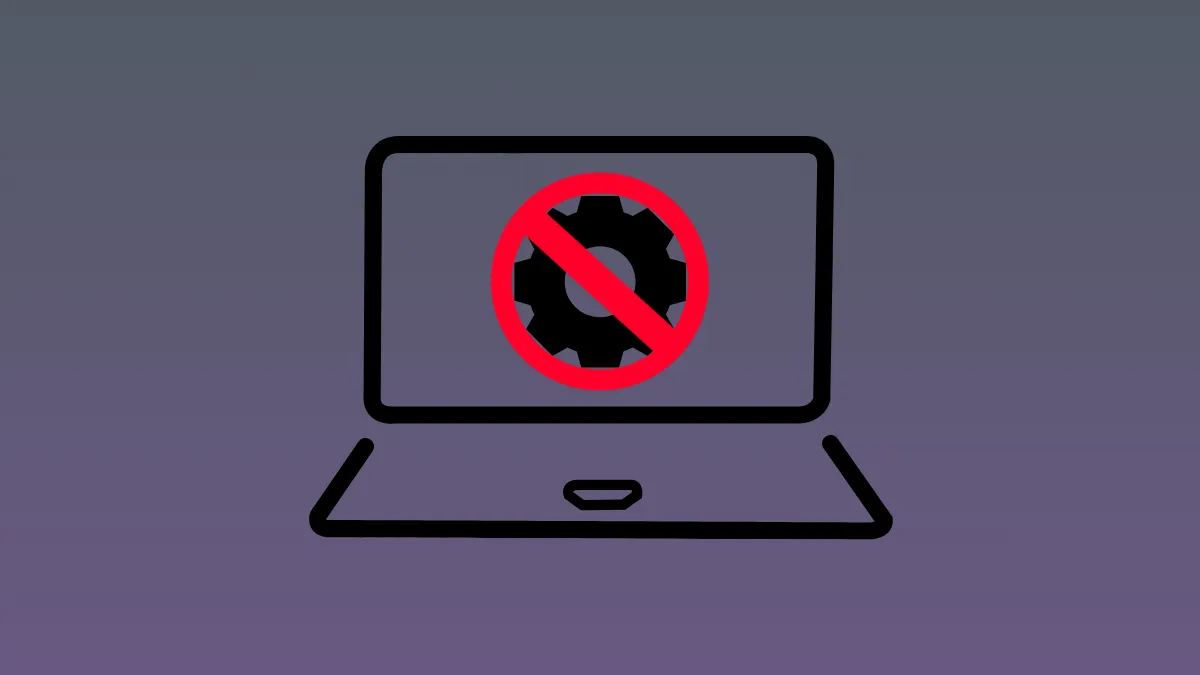Restricting access to the Settings app and Control Panel in Windows 11 prevents non-administrator accounts from making system-wide changes, reducing the risk of misconfiguration or unauthorized adjustments. Administrators can use built-in Windows tools to block these areas for standard users, ensuring that only authorized personnel can modify critical system options.
Disable Settings and Control Panel Using Group Policy (Windows 11 Pro, Enterprise, Education)
Group Policy provides the most direct method for blocking access to both the Settings app and Control Panel for specific users or groups. This approach is available on Windows 11 Pro, Enterprise, and Education editions.
Step 1: Open the gpedit.msc tool. Press Windows + R, type gpedit.msc, and press Enter to launch the Local Group Policy Editor.
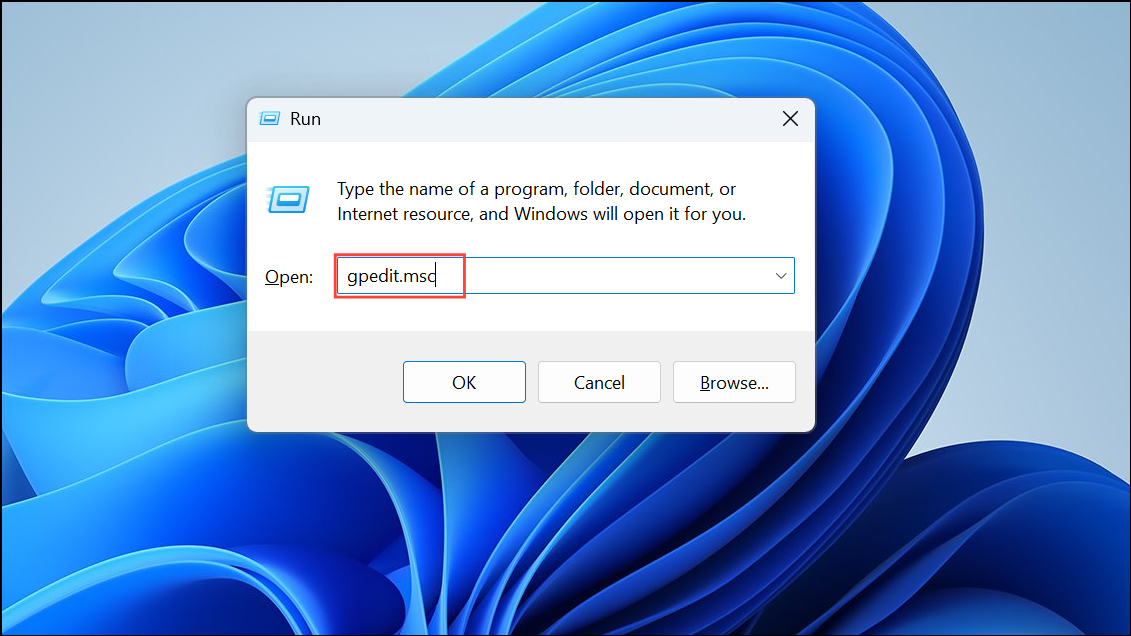
Step 2: Navigate to User Configuration > Administrative Templates > Control Panel in the left pane. This section contains policies related to user access for system configuration tools.
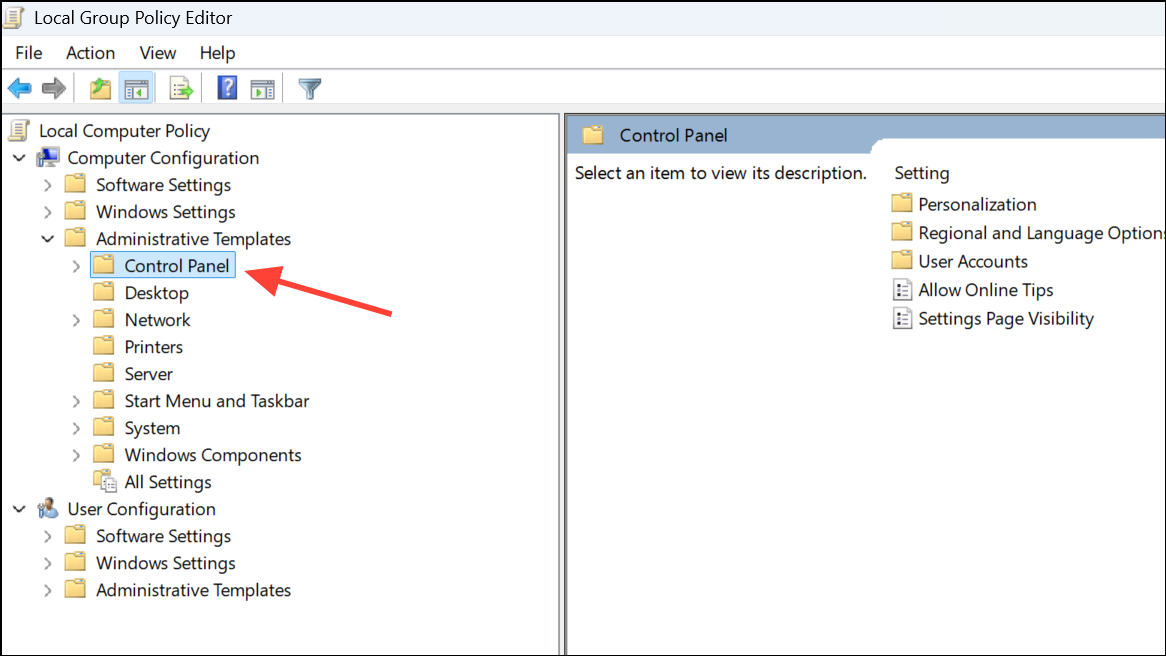
Step 3: Double-click on Prohibit access to Control Panel and PC settings in the right pane. This policy determines whether users can open either the Settings app or Control Panel.
Step 4: Select the Enabled option. This setting blocks access to both the Settings app and Control Panel for the targeted users or groups.
Step 5: Click Apply and then OK to save your changes.
Step 6: Close the Local Group Policy Editor. The restriction takes effect immediately, but a restart may be required for all changes to apply.
Once this policy is enabled, users affected by it will see an error message when trying to open the Control Panel: "This operation has been canceled due to restrictions in effect on this computer. Please contact your system administrator." The Settings app will fail to open or may loop indefinitely before closing. To restore access, repeat the steps and set the policy to Not Configured.
Block Settings and Control Panel via Registry Editor (Windows 11 Home and All Editions)
Windows 11 Home does not include the Group Policy Editor, but similar restrictions can be applied by editing the Windows Registry. This method is technical and requires caution, as incorrect changes can cause system instability. Always back up your registry and important data before proceeding.
Step 1: Open the Registry Editor by pressing Windows + R, typing regedit, and pressing Enter. Approve any User Account Control prompts.
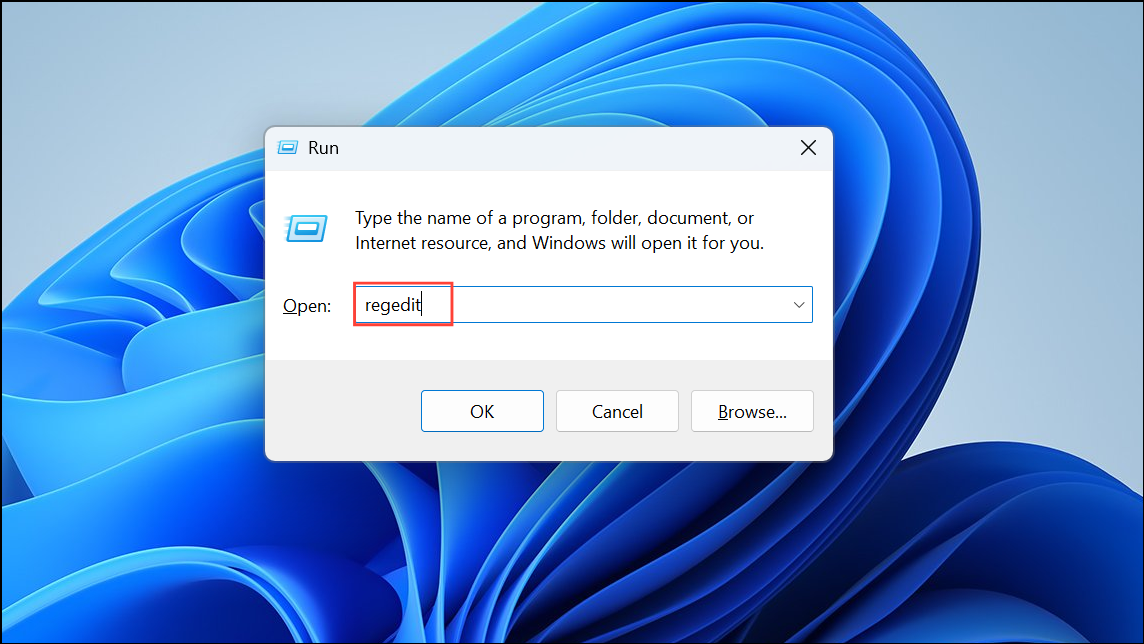
Step 2: Navigate to the following path:
HKEY_CURRENT_USER\Software\Microsoft\Windows\CurrentVersion\Policies\ExplorerIf the Explorer key does not exist under Policies, right-click Policies, select New > Key, and name it Explorer.
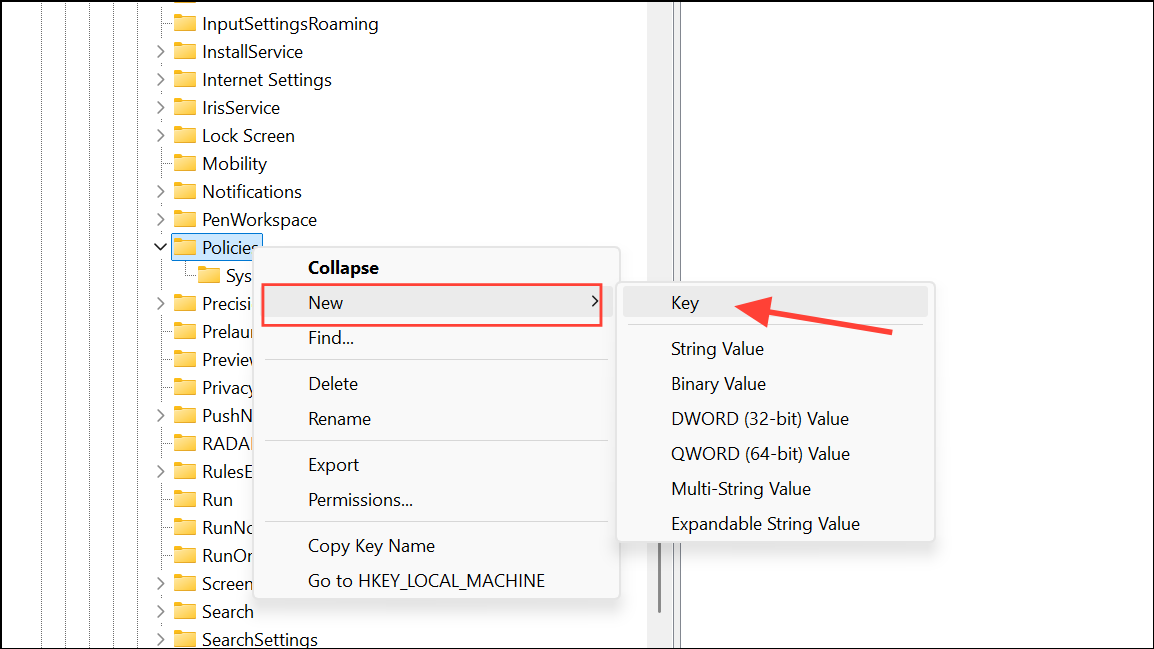
Step 3: Right-click the Explorer key, choose New > DWORD (32-bit) Value, and name it NoControlPanel.

Step 4: Double-click the NoControlPanel value and set its data to 1. This action activates the restriction for the current user.
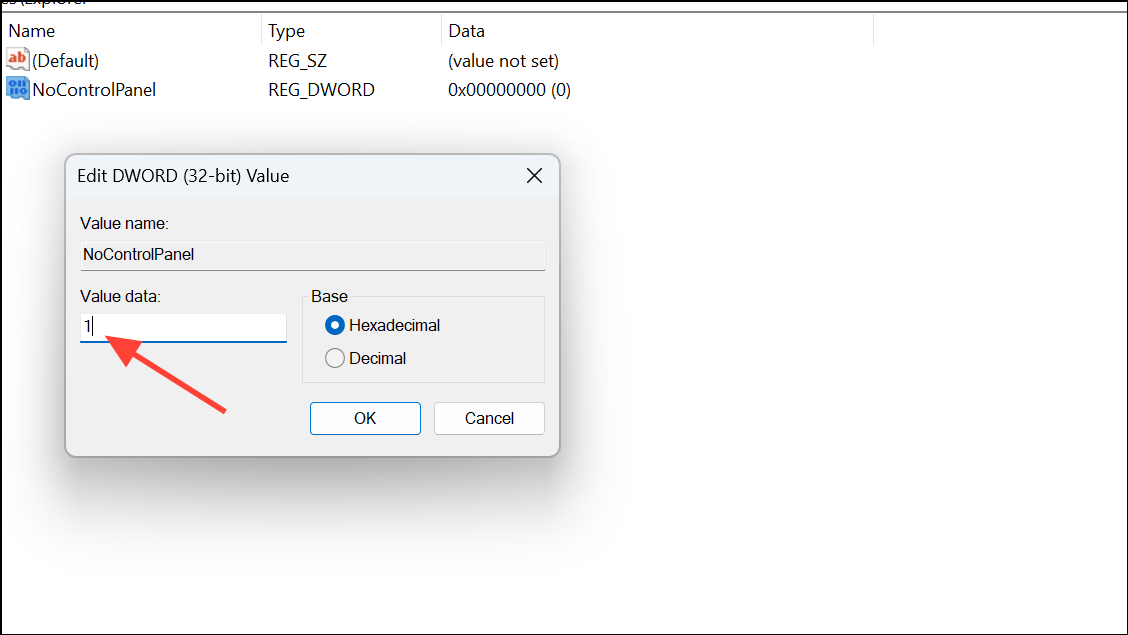
Step 5: Click OK and close the Registry Editor. Restart your computer to apply the policy.
This registry modification prevents the user from opening both the Settings app and Control Panel. To reverse the change, set NoControlPanel to 0 or delete the value entirely.
Hide the Settings Homepage or Specific Settings Pages
Administrators may want to hide only the Settings homepage or specific pages within the Settings app rather than block access entirely. This can be done using either the Registry Editor or Group Policy.
Hide Settings Homepage via Registry
Step 1: Open the Registry Editor (regedit) and navigate to:
HKEY_LOCAL_MACHINE\SOFTWARE\Microsoft\Windows\CurrentVersion\Policies\Explorer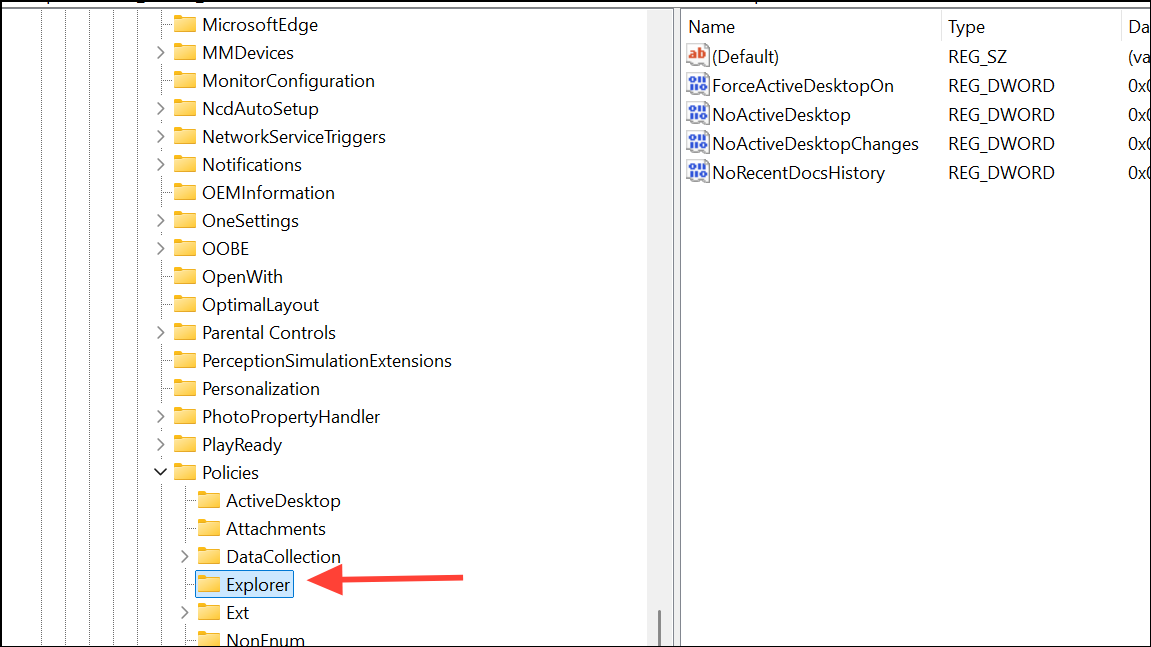
Step 2: Right-click the Explorer key and select New > String Value. Name it SettingsPageVisibility.
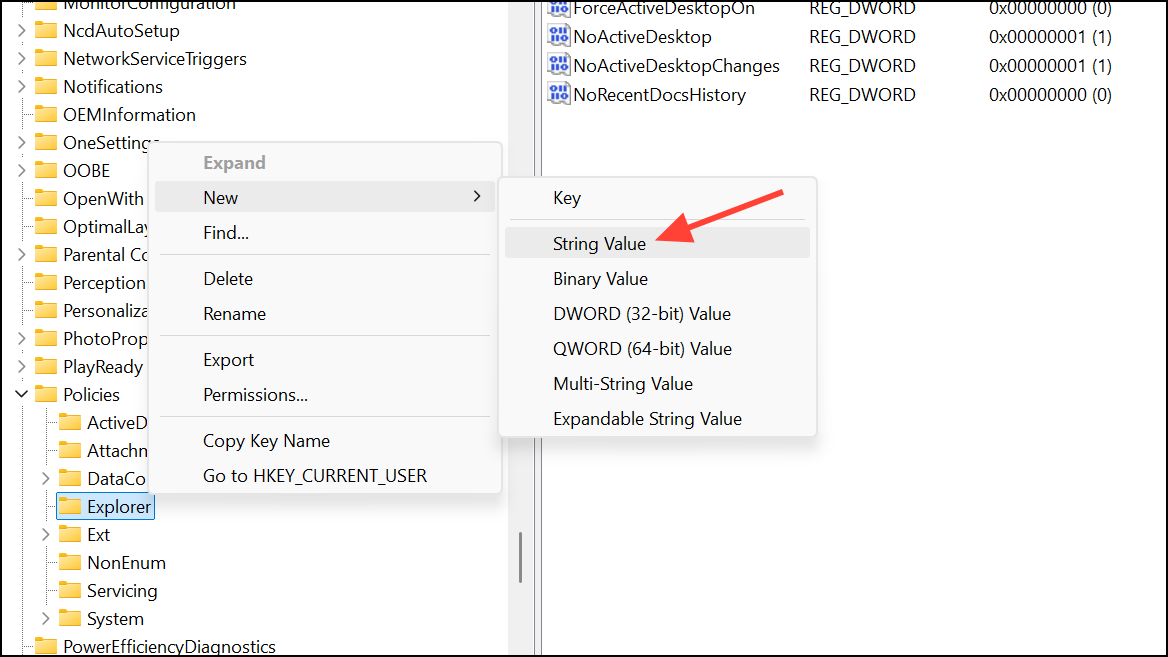
Step 3: Double-click SettingsPageVisibility and enter hide:home as the value data to hide the homepage. To hide other pages, use hide: followed by the page identifier (e.g., hide:privacy;network).
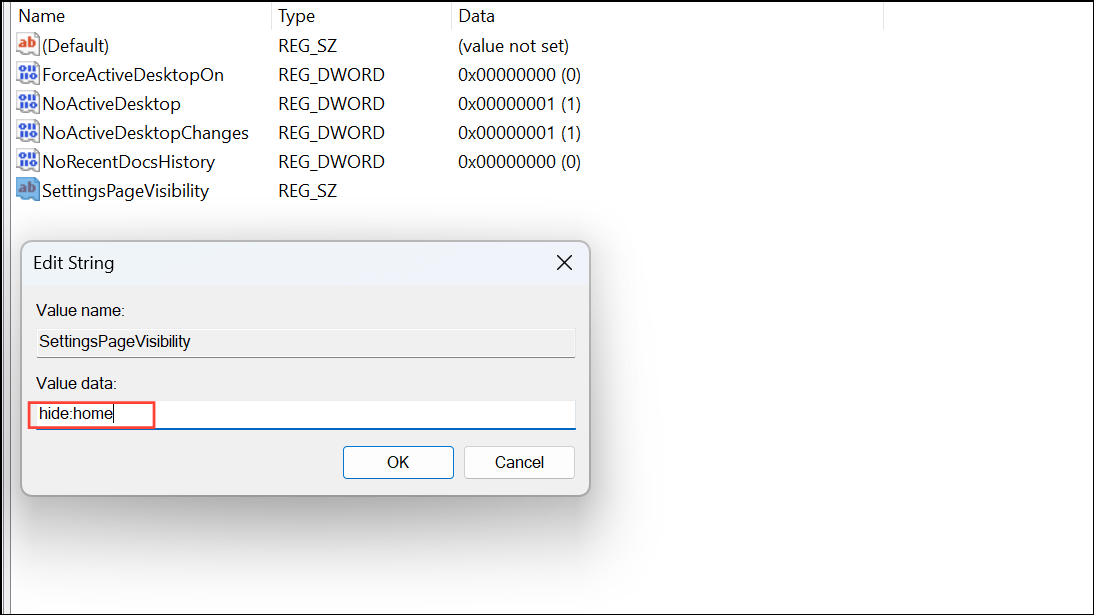
Step 4: Click OK and close the Registry Editor. Restart to apply changes.
Hide Settings Homepage via Group Policy
Step 1: Launch the Local Group Policy Editor (gpedit.msc).

Step 2: Navigate to Computer Configuration > Administrative Templates > Control Panel or All Settings depending on your Windows version.

Step 3: Find and double-click Settings Page Visibility.
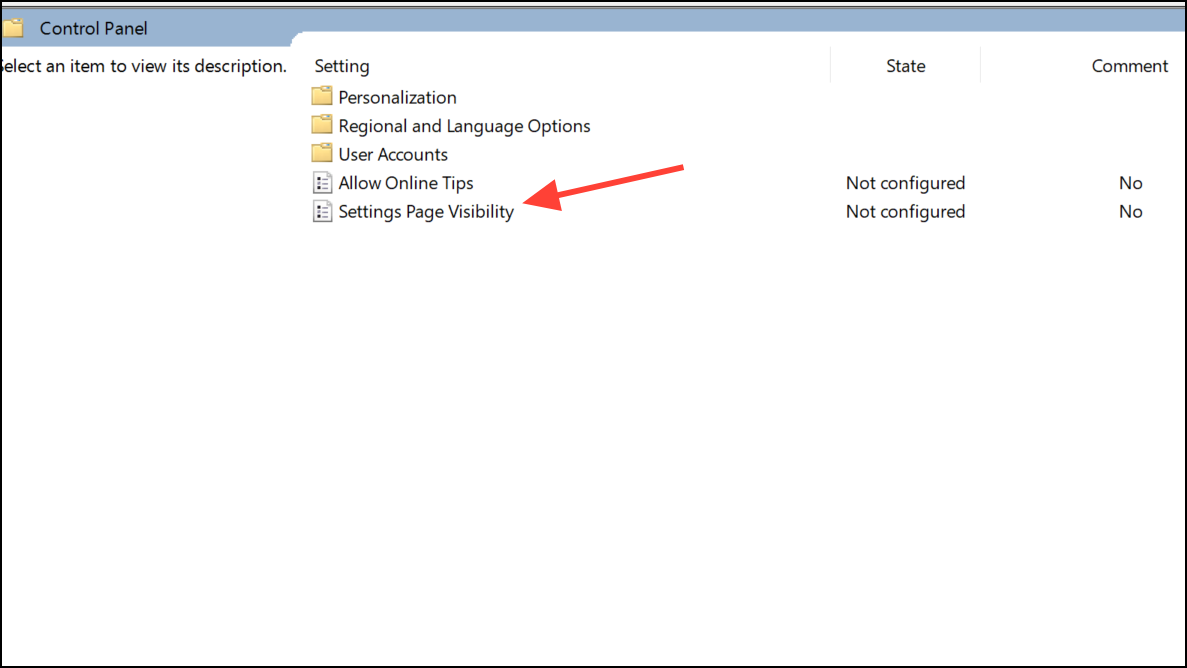
Step 4: Set the policy to Enabled and enter hide:home in the options field to hide the homepage. Click Apply and OK.
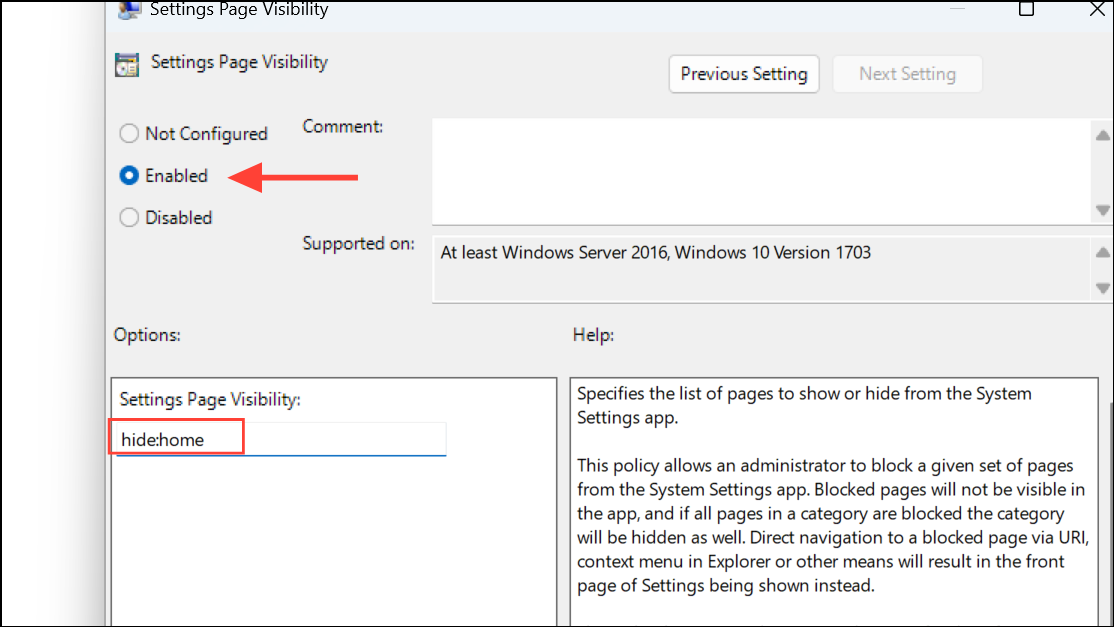
This approach hides only the targeted page(s) within the Settings app, allowing access to other settings as needed. This is useful for limiting access without fully blocking the Settings app.
Limitations and Additional Considerations
On Windows 11 Home, Family Safety and app restrictions do not allow direct blocking of the Settings app or Control Panel via their standard interfaces. Registry and Group Policy remain the most reliable methods. Be aware that some advanced users may attempt to bypass these restrictions if they have local administrator rights. For organizational environments, combine these restrictions with standard user permissions and account controls.
Blocking access to system settings strengthens security and helps prevent accidental or unauthorized changes. Always document changes and inform affected users about the new restrictions to avoid confusion or support requests.
Blocking Settings access in Windows 11 gives administrators tighter control over system security and stability. Adjust or remove these restrictions as needed to restore access for trusted users.

